Diseases Spread by Mosquitoes


Zika
For most folks, the symptoms from this virus are mild: just a fever, rash, joint pain, and red eyes. The real danger may be to pregnant women and their babies. It's linked to a birth defect called microcephaly, which causes small heads and brain damage. Mosquitoes spread this disease in many parts of the world including Brazil and other countries in South and Central America, the Caribbean, and Southeast Asia.

Dengue
It's rare in the U.S., but it shows up in places popular with tourists, like Puerto Rico, the Pacific islands, Latin America, and Southeast Asia. When you catch it, you could get problems like rash, fever, headache, easy bruising, and bleeding gums. Sometimes it leads to hemorrhagic fever, which can be deadly. The only vaccine. approved by the FDA is for use in children aged 9-16 who already had been infected by one of the four dengue viruses to help prevent getting the disease again from one of the other viruses.
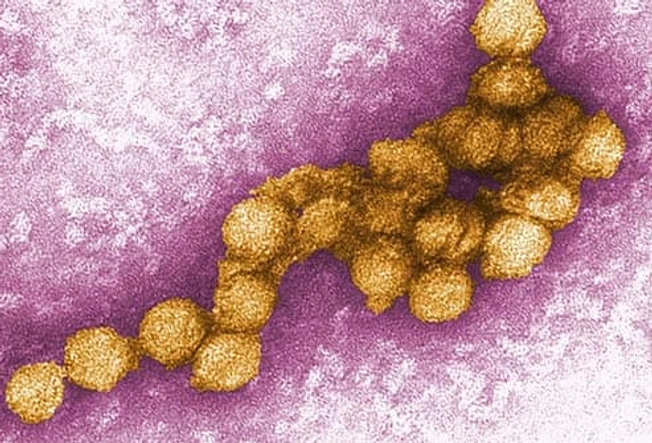
West Nile
If you get a bite from a mosquito that's carrying this virus, you probably won't have any symptoms. Some people, though, get fever, joint pain, diarrhea, vomiting, or a rash. You need to watch out for rare complications, like the brain infections called encephalitis or meningitis. There's no vaccine for the disease, which shows up in every state except Alaska and Hawaii.
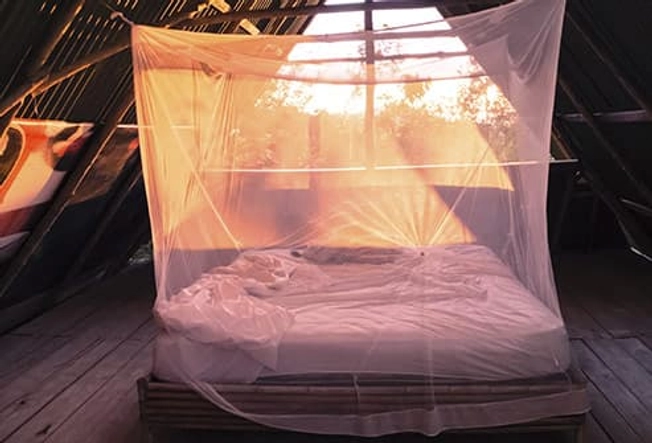
Malaria
It hardly ever happens in the U.S., but nearly half the world's population lives at risk of catching this disease. Most cases occur in sub-Saharan Africa, but transmission occurs also in South America, South Asia and many other regions. The symptoms include fever, headache, chills, and vomiting. If you travel to a country where it's a problem, sleep under a net that's treated with insecticide, and take anti-malaria drugs.

Yellow Fever
This disease takes its name from one of its symptoms, jaundice, which can make your skin and eyes look yellowish. Less serious infections will give you a headache, backache, chills, and vomiting. There's a vaccine that prevents it, so make sure you get one if you travel to the places in Africa and Latin America where mosquitoes spread it.
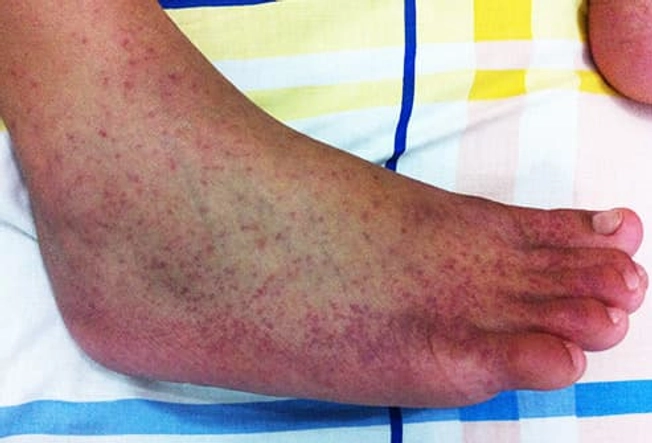
Chikungunya
The name comes from an African language and refers to the stooped appearance people may have because of severe joint pain. You might also get a rash, headache, nausea, and fatigue. The disease is found in Asia and India, and it's started to move into Europe and the Americas. There's no cure, but most people recover. In some cases, symptoms can last months or years.
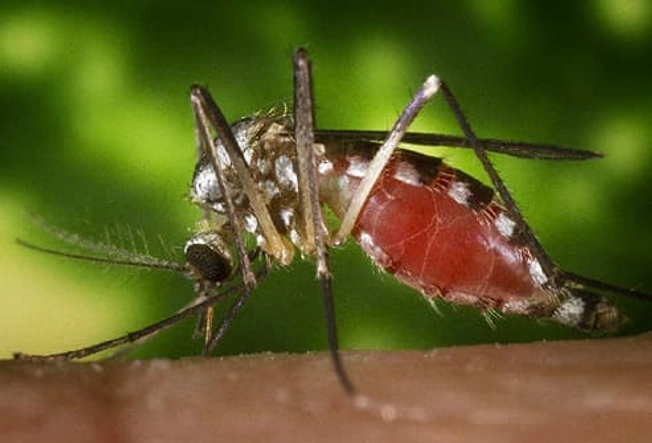
La Crosse Encephalitis
There are about 65 cases of this virus each year in the U.S. The mosquitoes that carry it bite during the day, usually in the spring through early fall. They live in wooded areas in the upper Midwest, mid-Atlantic, and Southeast. If you get sick, you might get a fever, nausea, and headache, and severe cases can cause nervous system changes. But many people don't notice any symptoms.
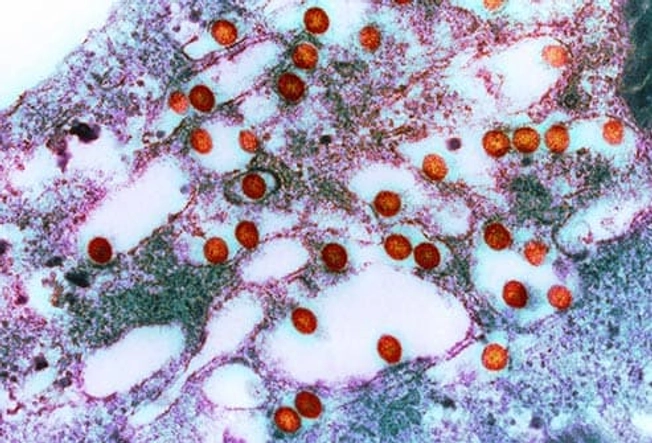
Rift Valley Fever
Infected mosquitoes can give this disease to people and animals. It's named for an area in Kenya where doctors discovered it, and it's common in parts of Africa. People also get it in Saudi Arabia and Yemen. Symptoms include dizziness and weakness. It can also damage your eyes.

Jamestown Canyon Virus
Doctors noticed it for the first time in the 1980s and it's named for an area near Boulder, CO. If you catch it, you might get symptoms that may remind you of the flu, like a fever and headache. More serious problems can be inflammation of the brain or spinal cord. There are several types of mosquitoes that are known to carry the disease. Less than 50 cases are reported each year throughout the United States.

Snowshoe Hare Virus
The disease is named after an animal because it was first identified in the blood of the snowshoe hare. The first person to catch this lived in Canada in the 1970s, but it now shows up in the U.S. It causes headache, dizziness, vomiting, and a rash. Sometimes it leads to inflammation of the brain.